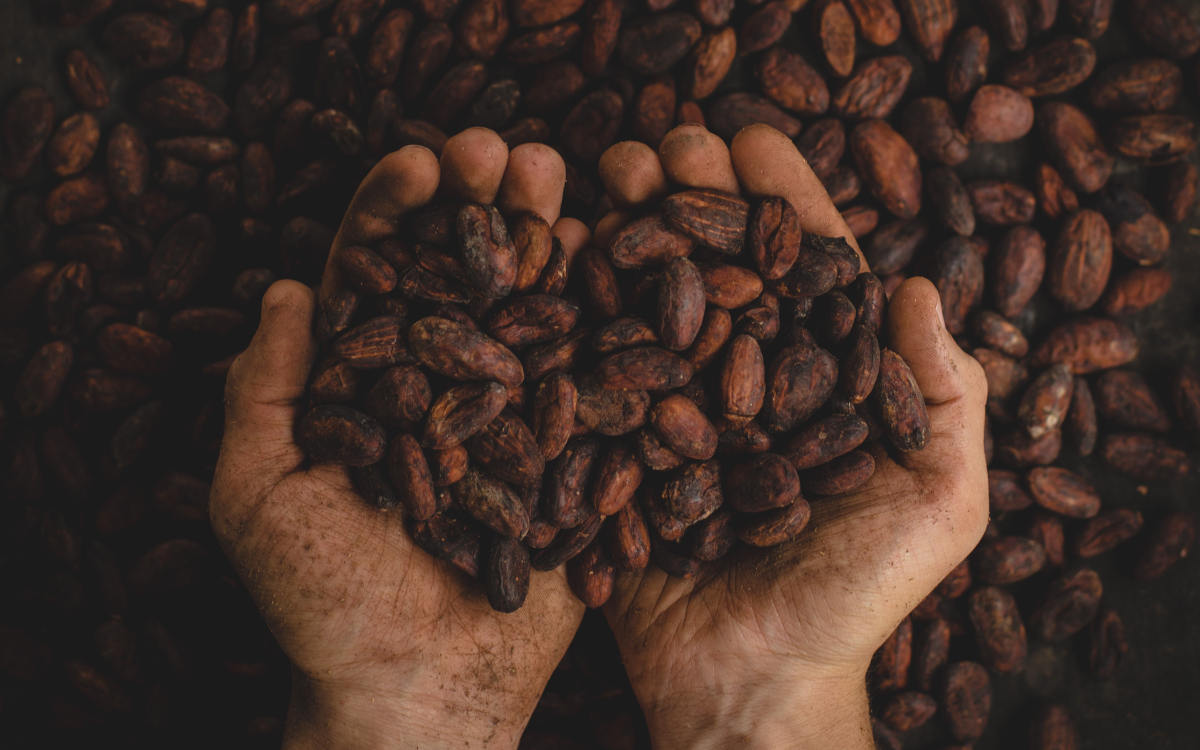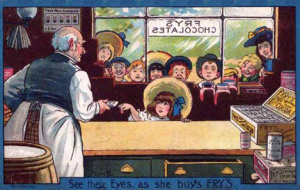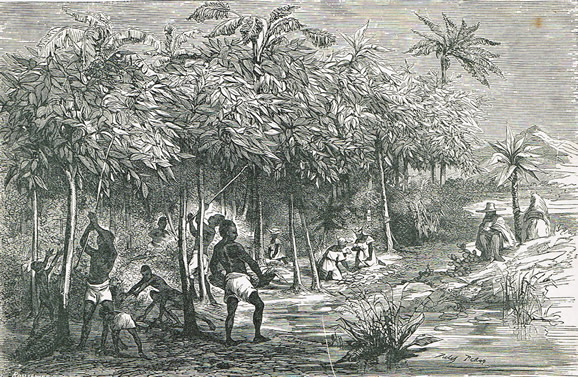Chocolate Recipe
Warme Chocolademelk Hot chocolate recipes date all the way back to the times of the Mayans and Aztecs, whose original cacao beverages were seen as bitter and unpleasant by many Europeans who tasted their beverages. “Mayans learned how to create a delicacy fit for godlike kings from the fruit of the cacao tree”. The Mayans considered cacao to be the food of the gods, and they had several steps to create their liquid beverage. First, The mayans remove the seeds from the cacao pods which they cut off from the cacao tree and cut out the surrounding flesh pulp.Then, they let the beans ferment for a couple of days before they are laid out in the sun to dry for about a week, maybe two. The mayans use flames to heat the beans to add more aroma and flavor, then remove the...





